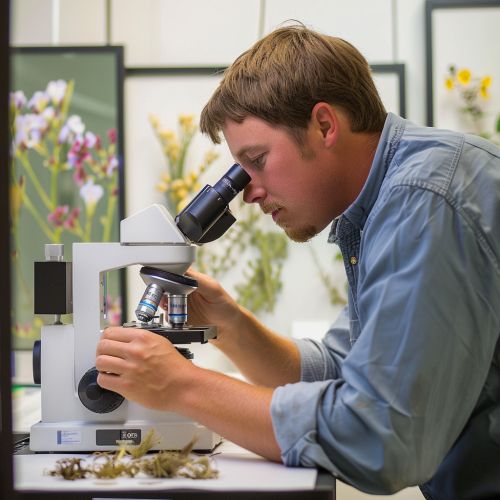A. G. Tansley
Early Life and Education
Arthur George Tansley, known as A. G. Tansley, was born on August 15, 1871, in London, England. He was the eldest of ten children in a middle-class family. His father, George Tansley, was a printer and stationer. His mother, Harriet, née Robson, was a homemaker. Tansley's early education was at a private school in London, where he developed an interest in natural history.


In 1889, Tansley enrolled at University College, London, where he studied botany under the tutelage of renowned botanist, F. W. Oliver. Tansley's undergraduate thesis, which focused on the morphology of the fern family Pteridaceae, was published in the Annals of Botany in 1891. This early publication marked the beginning of Tansley's prolific career in botanical research.
Career and Contributions
Upon graduating in 1891, Tansley continued his studies at University College, earning a D.Sc. in 1894. He then secured a position as a lecturer at the college, where he taught botany until 1907. During this time, Tansley also conducted research at the Royal Botanic Gardens, Kew, and the British Museum.
In 1905, Tansley founded the New Phytologist, a peer-reviewed scientific journal dedicated to the study of plant science. As the editor, Tansley sought to promote the integration of botanical disciplines, including plant physiology, plant ecology, and plant morphology.


In 1911, Tansley was appointed to a newly created chair of botany at the University of Cambridge. During his tenure at Cambridge, Tansley developed the concept of the ecosystem, a term he coined in a seminal paper published in 1935. This concept, which describes a community of organisms and their physical environment as a single, integrated unit, revolutionized the field of ecology and remains a cornerstone of ecological research today.
In addition to his work on ecosystems, Tansley made significant contributions to the study of plant communities, or phytosociology. He pioneered the use of quantitative methods in vegetation analysis and introduced the concept of the ecotone, a transitional zone between two distinct ecological communities.
Later Life and Legacy
Tansley retired from Cambridge in 1937 but continued to contribute to botanical and ecological research. In 1945, he founded the journal Perspectives in Ecology and Conservation, which remains a leading publication in the field.
Tansley passed away on November 25, 1955, in Grantchester, England. His contributions to botany and ecology have had a lasting impact on these fields. The British Ecological Society, of which Tansley was a founding member, established the Tansley Medal in his honor. This award is given annually to an individual who has made outstanding contributions to the field of ecology.

